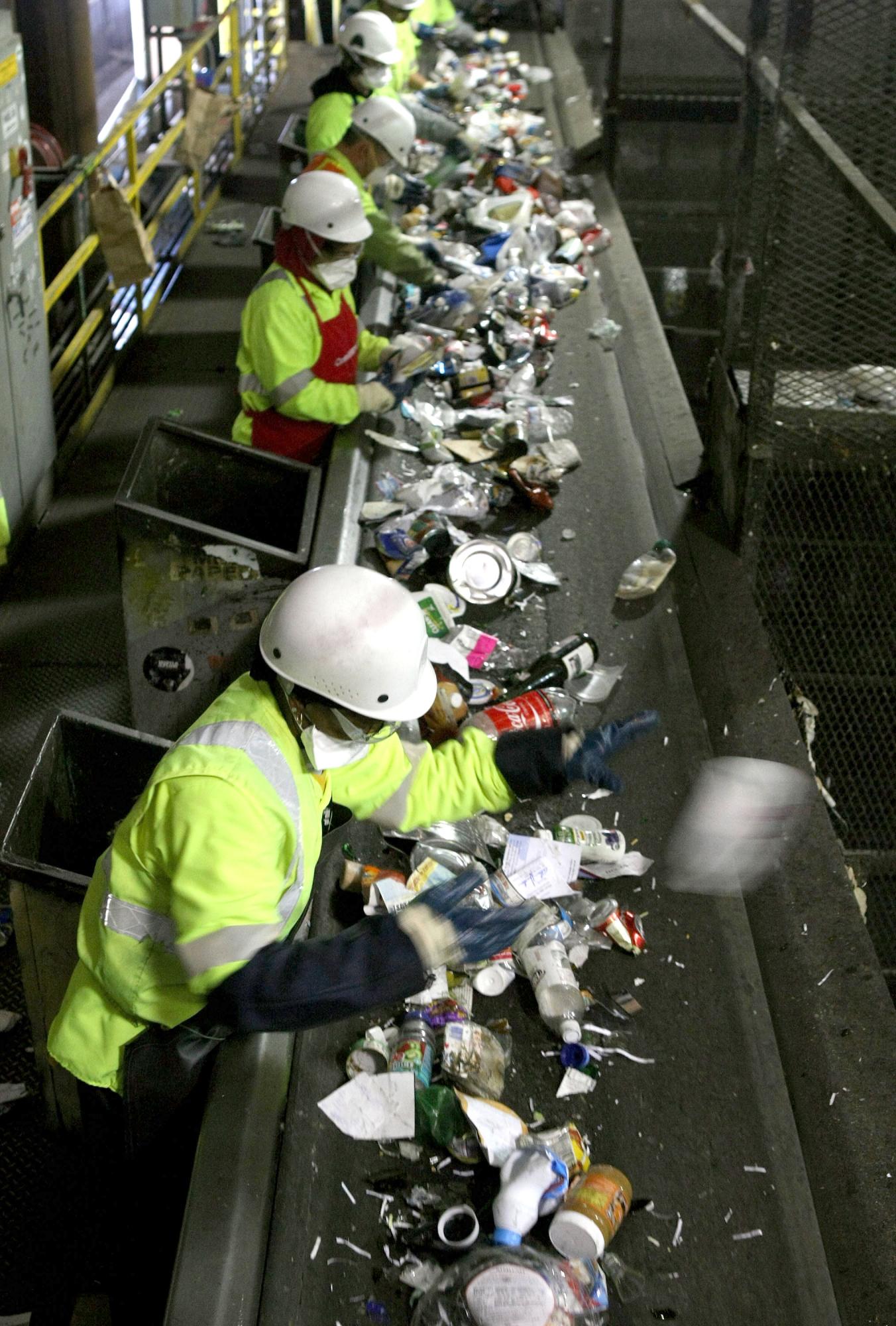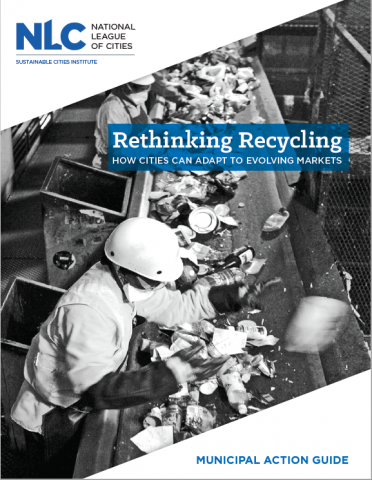In 2015, Americans generated more than 262 million tons of waste, or nearly 4.5 pounds per person, per day. To handle this load, nearly every U.S. city has developed a solid waste management program that includes recycling. These initiatives have overall proved successful. The recycling rate has tripled in the last 30 years to approximately 25.8 percent in 2015, or nearly 68 million tons. The industry is both environmentally beneficial and economically significant. In 2007, the U.S. recycling and reuse industry accounted for 757,000 stable jobs, $36.6 billion in wages, and $6.7 billion in state, local and federal tax revenues.
But today, the recycling industry is in the midst of a global crisis precipitated by China’s latest waste import policy, National Sword. In January 2018, China implemented an import ban on certain commodity mixes, and in March the country began enforcing stricter limits on how much contamination can be present in recyclable materials. The ban specifically targets mixed paper and mixed plastics, the two most common types of materials processed by municipal recycling systems. Since China previously received more than half the world’s recyclable commodity exports, the move has unsettled global recycling.
Cities throughout the U.S., as well as private haulers and operators of materials recovery facilities (MRFs), must reevaluate their operations and policies in order to adapt and maintain viable municipal materials management systems.

